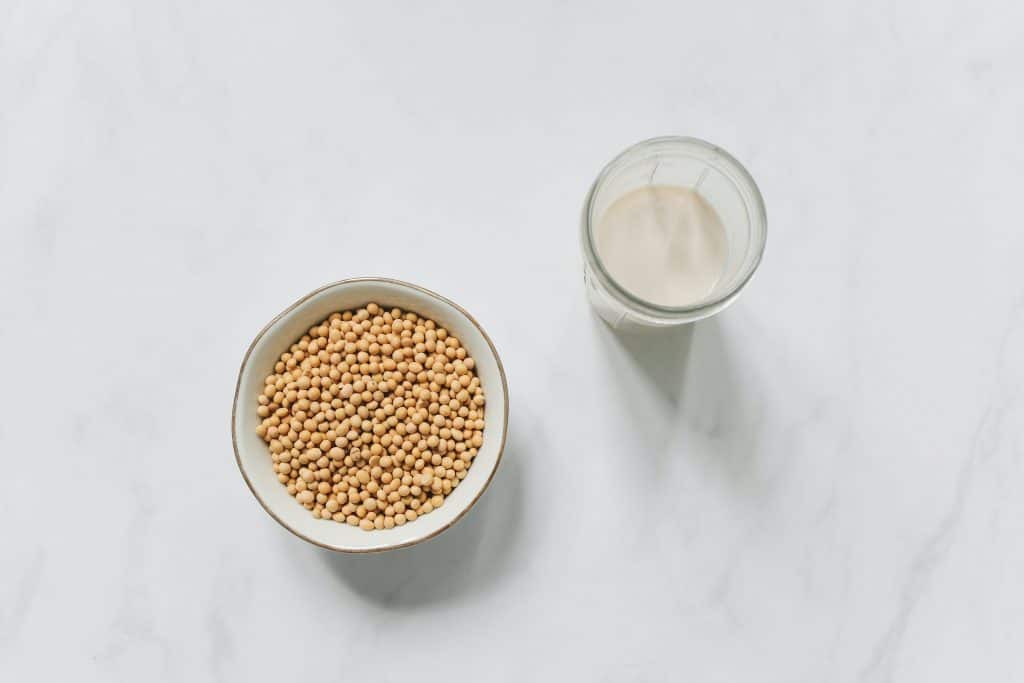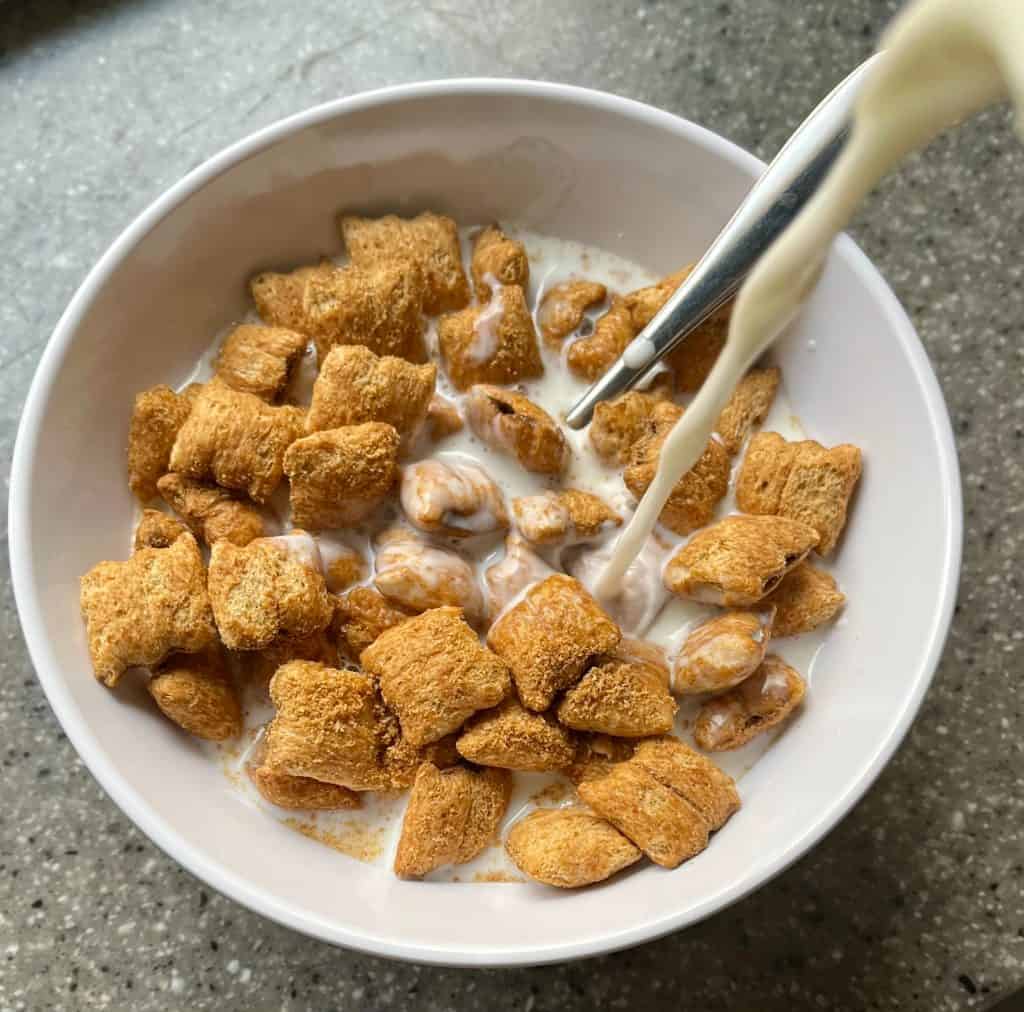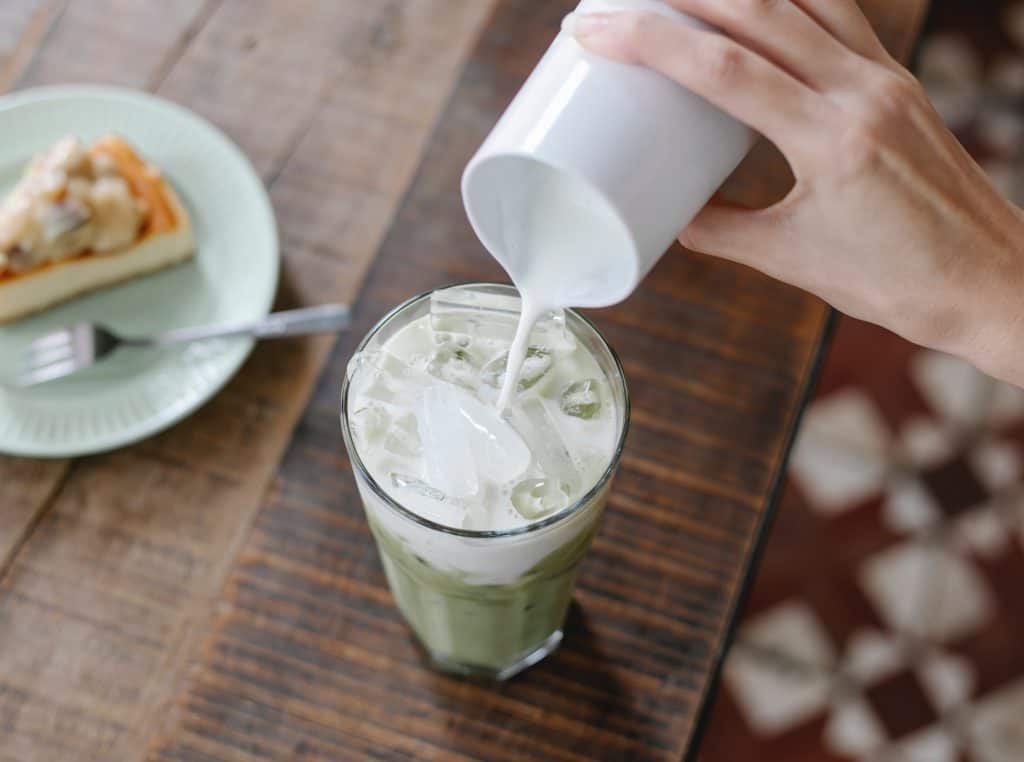If you’re a fan of both milk and tea, you’ve probably wondered, can I brew tea directly in milk?
Or do I have to use water?

Here’s everything you need to know about brewing tea in milk. Plus, 4 easy methods to brew the perfect cup of milk tea.
Pinkies up 🤙, let’s get into it!
Contents
Can you brew tea directly in milk
Milk tea refers to any tea that has milk – dairy, oat, soy, coconut, you name it.
And while it’s more common to add milk after brewing your tea leaves (or bags) in water, you can absolutely brew tea directly in milk.
In fact, Mongolian suutei tsai, and Indian masala chai are all examples of delicious milk teas that are traditionally made by boiling loose leaf tea directly in milk.
Benefits of brewing tea in hot milk
Brewing your tea directly in milk rather than water can be more challenging. Forget to stir, or crank the heat too high up, and your milk will end up stuck to the bottom of your pan and burn.
So why brew tea directly in milk?

1. Nutrition
One benefit of brewing tea directly in milk is that it is nutritious and hydrating. In addition to being mostly water, cow milk contains fat, carbohydrates, vitamins, minerals, and protein – all of which help you stay satiated for longer and provide your body with essential nutrients.
Which might also explain why some cultures around the world have preserved brewing tea directly in milk over water.
2. Taste
How you like your tea will come down to preference. If you don’t like the astringent or strong flavour that drinking straight tea can have, you might find that brewing it in milk can make it more palatable. Using more milk, lactose-free milk, and aerating your milk can also influence the taste of your beverage.
3. Comfort
For some milk can trigger digestive issues, but for others, a nice warm cup of milk is what soothes and comforts. Milk contains peptides and amino acids like tryptophan, which increase serotonin, enhance relaxation and induce sleep in some.
4. Convenience
If you have an abundance of milk laying around, or milk is more readily available than clean drinking water, brewing your tea leaves directly in milk is a great way to use it up and enjoy a hearty drink.
Can you brew tea in soy milk?
While cow milk is the most popular choice worldwide, you can brew tea in non-dairy alternatives like soy, oat, rice, and coconut milk if you prefer. However, its important to note that the additives in your milk, and its constituents can affect the overall nutritional value, texture, and flavour of your drink.

For instance, milks that are higher in fat, like coconut milk, tend to result in a creamier beverage. While milks that have more protein, like soy milk, give drinks a foamier texture.
Can you brew tea in cold milk?
Yes. Just like you can steep tea in cold water, you can definitely steep tea in cold milk.

However, you’ll end up with a more tea infused milk rather than milk tea. Which for the record taste great with cereal and works well if you plan on making tea-infused desserts.
What kind of tea goes best with milk?
Black and green teas are the most popular choice amongst milk tea lovers because they pair well. Some popular black teas enjoyed with milk include Assam, Darjeeling, Ceylon and black tea blends like Earl Grey, and English Breakfast tea.
Although Matcha and Hojicha are not traditionally enjoyed with milk, they both go great with milk and are also very popularchoices in the west. I personally recommend them if you like more vegeteal, earthy flavors.
How to brew tea in milk: 4 methods
Ready to make yourself a cup? Here are 4 different techniques you could use to brew yourself a cup of milk tea.

1. Bring your tea leaves to a boil in milk
If you want a milk tea that will keep you satiated, try this.
- Boil 1 cup milk in a sauce pan over a medium hot stove and stir consistently with a ladle
- Add sugar to taste and mix
- Add 1-2 tsp of tea leaves (and spices – optional) and mix for ~2 minutes or until the color changes to a golden brown
- Remove from stove
- Strain the tea leaves and pour the milk tea in a cup
- Let it cool and enjoy
2. Bring your tea leaves to a boil in a mixture of milk & water
If your milk tea is sticking to your sauce pan, try this.
- Add 1/2 cup of water to a sauce pan over medium high heat and let it come to a boil then combine 1/2 cup of milk
- Add sugar to taste and mix
- Add 1-2 tsp of tea leaves (and spices – optional) and mix for ~2 minutes or until the color changes to a golden brown
- Remove from stove
You can experiment with smaller amounts of water. But always remember to add water to your pan first before your milk to prevent the milk proteins from sticking to the bottom of your pan.
3. Add milk to your tea after steeping leaves in water
Want to make milk tea the way most boba stores or people do, try this? Adding milk after your tea leaves have brewed in water is one of the most common ways to enjoy milk tea. After brewing your tea in hot water and adding sugar, simply add milk to your tea (hot or cold).
4. Add your tea leaves directly to cold milk
Try this for a subtle tasting milk infused tea.
This is by far the least effort requiring method to make “milk tea” and a great way to infuse your milk with a subtle note of tea if that’s what you’re going for.
Simply add tea leaves to cold milk and place it in the fridge for 12-24 hours. Strain the tea leaves from your milk and enjoy.
Final Thoughts
Whether you choose to steep your tea directly in milk or add milk to your tea once it’s brewed, there is no single “right” way to make tea. Rather, culture, tradition, and preference are all factors that influence how you make and enjoy tea. But at the end of the day, how you enjoy your tea is entirely up to you.
Leave a Reply